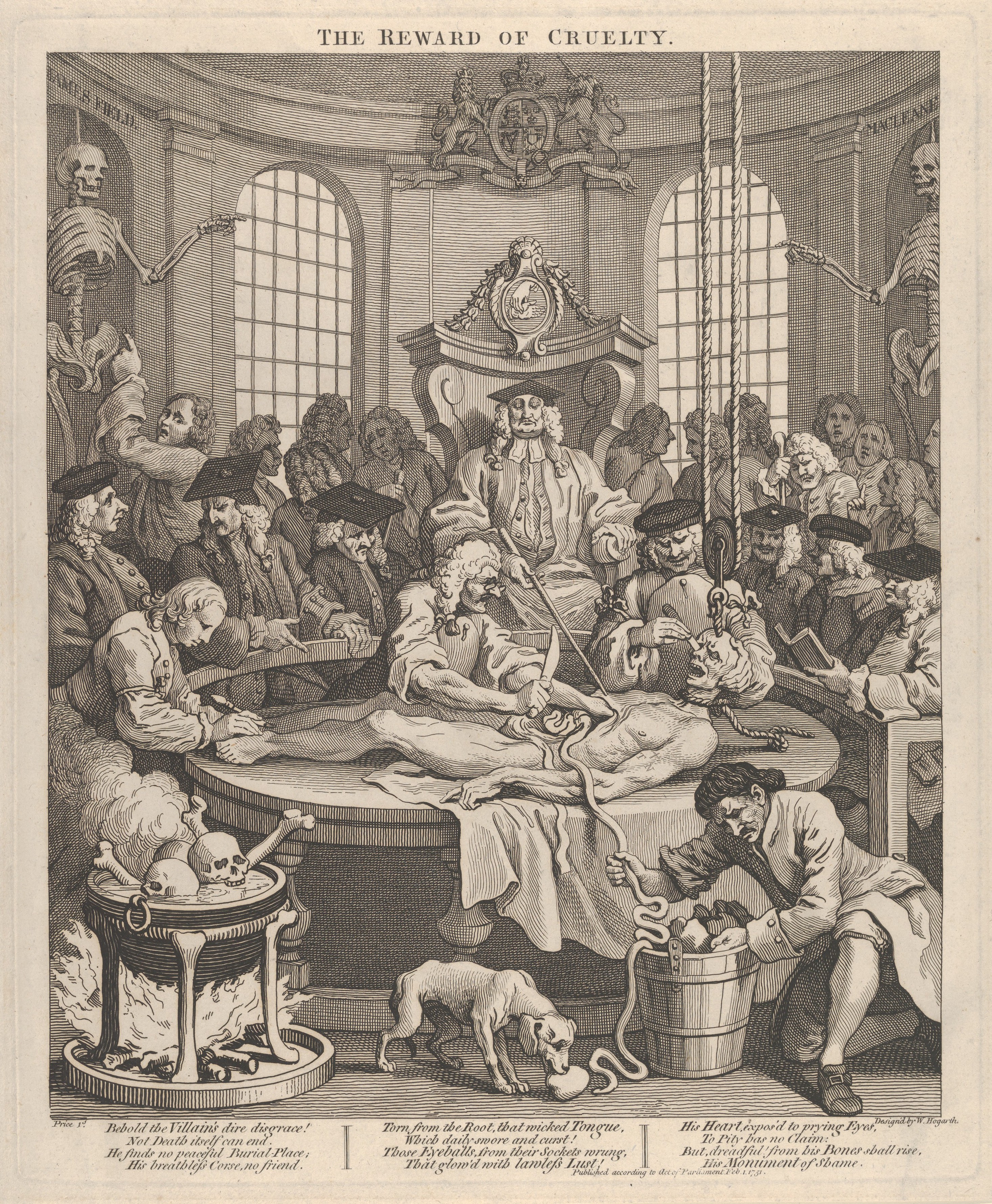 |
| Left: zinc etching plate with white ground applied. Right: etching print, 1st state. Jacob Sheep, etching © 2015, Elana Goren. |
I am always fascinated with the way a plate looks when prepared for etching versus the actual etching print from the same etched plate. This especially holds true for white ground etching techniques since the white ground mimics the white areas of the final print and more clearly resembles the actual light to dark areas in the image than other etching techniques do. This is because the thicker the white ground is on the plate, the whiter that area will be since the acid has more difficulty reaching the plate in those thicker areas. The acid discriminately etches the plate depending on how thick the white ground coverage is on any particular place on the plate. So, in the thinner areas, you see less white on the plate (a darker tone within the ground coverage) and the acid has a better chance to reach the plate for the etch.
The interesting thing is that as much as you can know that thicker is whiter and thinner is darker, you can never really know how the plate will etch, and surprises reveal themselves all the time. There will be areas that seem well protected and will therefore be lighter and other areas that seem less protected and should be darker. But as said before, surprises abound.
When I worked on the plate pictured above, I expected the sheep in the background as well as the area around it in the deep background to be darker than they actually turned out to be. The foreground sheep's darker areas (especially in the face) served up some unexpected lighter areas as were also seen on it's back.
After I took the photo of the 1st state of the etching (print seen above), I decided to go back and etch the plate again to tone back the background more. I used a combination of white ground and hard ground, since the former better blends with the similar effects from the 1st state and latter completely protects the areas that I don't want to be etched at all. The result (2nd state) is seen below. I still want to darken the background areas further. So I will either try to achieve it that while inking the plate and leaving more ink in the darker areas (wiping less there) or I will go back for a third state etch and try to get desired results that way.
 |
| Jacob Sheep, white ground etching, 2nd State. © 2015, Elana Goren. |

